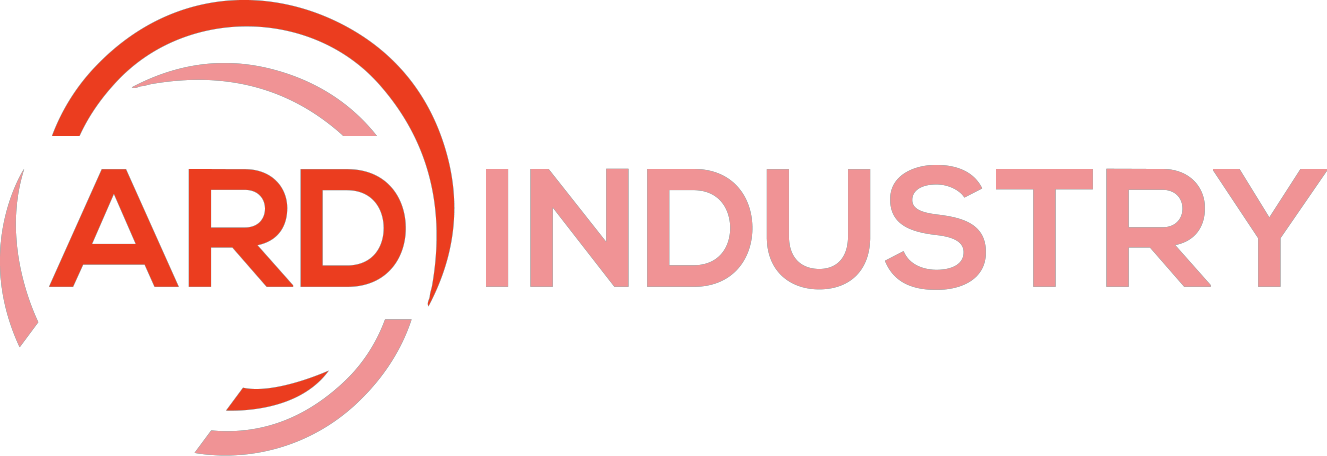Do you ever feel like you’re navigating a maze when trying to make business decisions? Are you wondering how to position your brand in a competitive market or understand what your customers truly want? The answer lies in a comprehensive market research report. These reports are more than just compilations of data—they’re the cornerstone of effective decision-making. They reveal market trends, customer preferences, and competitor activities, providing the clarity needed to move forward confidently.
But here’s the big question: how do you craft a market research report that not only informs but inspires action? This blog post will walk you through the essential steps, offering insights, tips, and strategies to create a report that resonates with stakeholders and drives success.
Why Every Business Needs a Market Research Report
Market research reports are essential tools for businesses of all sizes. Whether you’re a budding entrepreneur, a seasoned marketer, or part of a large corporation, a well-prepared report provides immense value. Here’s why:
- Informed Decision-Making
Market research reports transform raw data into actionable insights. By analyzing customer needs, industry trends, and competitor strategies, businesses can make decisions rooted in facts, not assumptions. - Identifying Opportunities
These reports help uncover untapped markets, emerging trends, and potential growth areas. For example, a report might reveal a growing demand for sustainable products in a specific region, opening doors for strategic initiatives. - Minimizing Risks
Launching a new product or entering a new market involves risks. A detailed market research report helps mitigate these risks by providing a clear understanding of potential challenges and pitfalls. - Gaining Competitive Advantage
By studying competitors, businesses can learn what works and what doesn’t. A thorough analysis helps refine strategies to outperform rivals.
What Makes a Great Market Research Report?
A stellar market research report isn’t just about collecting data—it’s about presenting it in a way that’s easy to understand and actionable. Let’s explore the key components in greater detail:
1. Executive Summary
The executive summary acts as a snapshot of the entire report. It should include:
- Objectives: What was the purpose of the research?
- Key Findings: Highlight the most critical insights.
- Recommendations: Provide a brief overview of suggested actions.
Keep this section concise but impactful. It’s often the first (and sometimes the only) section stakeholders will read.
2. Introduction and Research Objectives
Introduce the purpose of the report and outline your research objectives clearly. For example:
- Are you investigating consumer preferences?
- Analyzing a specific industry trend?
- Assessing market feasibility for a new product?
A well-defined objective sets the stage for the rest of the report.
3. Research Methodology – Market Research Report
Explain how you conducted the research. This section should address:
- Data Collection Methods: Did you use surveys, interviews, or focus groups?
- Sampling Details: Who was surveyed? How many participants?
- Tools and Techniques: Were any analytical tools or frameworks used?
Transparency in methodology adds credibility and allows readers to trust your findings.

4. Market Analysis
This section provides a deep dive into the market landscape. Include:
- Industry Overview: What is the current state of the industry?
- Trends and Projections: Are there any significant shifts or emerging trends?
- Competitive Analysis: Who are the main players, and what are their strengths and weaknesses?
Use visual aids like bar charts, pie graphs, and heat maps to make complex data more digestible.
5. Consumer Insights
Understanding your audience is crucial. Provide insights on:
- Customer Demographics: Age, gender, location, income level, etc.
- Preferences and Behavior: What drives their purchasing decisions?
- Pain Points: What challenges or unmet needs do they face?
The more detailed your customer insights, the better your ability to align your strategies with their expectations.
6. Key Findings and Recommendations – Market Research Report
Summarize the most critical takeaways and propose actionable strategies. For example:
- If the data shows a demand for affordable luxury items, recommend launching a mid-range product line.
- If customers prefer online shopping, focus on enhancing e-commerce capabilities.
Be specific and prioritize recommendations to make it easier for stakeholders to implement them.
7. Conclusion
Wrap up the report by reinforcing its main points. Emphasize how the findings support the research objectives and encourage action.
Step-by-Step Guide to Crafting Your Market Research Report
Creating a market research report is a systematic process that turns data into actionable insights—here’s how to do it step by step.
Step 1: Set Clear Goals
Before diving into data collection, define what you want to achieve. Ask questions like:
- What problem are we solving?
- Who is the target audience?
- What decisions will this report influence?
Step 2: Collect Data Effectively – Market Research Report
Combine primary and secondary research for a well-rounded perspective:
- Primary Research: Conduct surveys, interviews, and focus groups to gather firsthand insights.
- Secondary Research: Analyze industry reports, competitor data, and online resources for broader context.
Step 3: Organize Your Data
Sort your findings into categories, such as market trends, customer insights, and competitor analysis. Organizing data ensures a logical flow in your report.
Step 4: Analyze and Interpret Data
Use analytical tools or frameworks like SWOT (Strengths, Weaknesses, Opportunities, Threats) to draw meaningful conclusions from raw data.
Step 5: Present Data Visually
Visual aids like graphs, charts, and infographics enhance readability and make your report more engaging.
Step 6: Write and Edit
Draft the report, ensuring clarity and coherence. Review it multiple times to eliminate errors and refine the language.

Overcoming Common Challenges – Market Research Report
Crafting a market research report comes with its challenges. Here’s how to tackle them:
Challenge 1: Data Overload
Solution: Focus only on data that aligns with your research objectives. Filter out irrelevant information.
Challenge 2: Complex Findings
Solution: Use visuals and simplify technical jargon to make insights accessible.
Challenge 3: Lack of Engagement
Solution: Write in a clear, conversational tone and structure the report for easy navigation.
Real-Life Application: A Case Study
Imagine you’re preparing a market research report for a new line of vegan snacks. Here’s how you could proceed:
- Objective: Identify demand, target audience, and pricing strategies.
- Methodology: Conduct surveys and analyze competitor products.
- Findings: Discover a high demand for gluten-free options among health-conscious millennials.
- Recommendations: Launch a gluten-free product line with competitive pricing.
Why Market Research Reports Drive Business Success
At their core, market research reports provide clarity. They reduce guesswork, inspire confidence, and foster strategic thinking. By investing time in crafting a detailed report, businesses can:
- Adapt to changing market conditions.
- Enhance customer satisfaction.
- Strengthen their competitive position.
Final Thoughts: Market Research Report
Creating a market research report might seem daunting, but the rewards are worth it. With clear objectives, robust data, and actionable insights, your report becomes a roadmap to success.
So, are you ready to craft a report that drives decisions and inspires action? Start today, and watch your business flourish with clarity and confidence!








